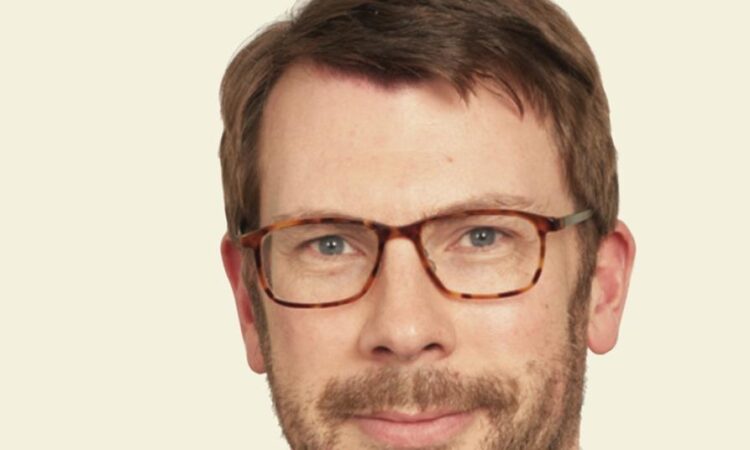

The EU’s planned Sovereignty Fund, Italy’s Fondo Strategico Nazionale (National Strategic Fund), and the planned French and German funds to boost the domestic production in strategic minerals, may not be sovereign funds in the sense of directing budgetary surplus or resource riches to investment opportunities away from home.
They are part of a new generation of investment initiatives aiming to boost domestic investment, including crowding in capital from abroad, in key sectors of the economy. The US Inflation Reduction Act, which allows for $500bn in spending and tax breaks for renewables investment and other areas, is proving a tough act to follow, leading to European concerns about capital flight to the US.
The political tone in many countries has erred towards protectionism and decoupling. Against this backdrop, what chance do emerging economies have to attract significant capital to meet the sustainable development goals (SDGs)?
The funding gap in developing countries to meet the SDGs by 2030 stands at $3.9trn, according to the OECD. Invested capital to meet the SDG goals has now topped $1trn, according to the Global Impact Investing Network. Global third-party managed assets are in excess of $100trn by comparison, according to IPE’s annual study of the global asset management market.
Can the bond markets help meet the SDGs?
A recent report by the OECD on green, social and sustainable (GSS) bonds highlights the significant hurdles. Despite annual growth of 72% in the seven years to 2021, issuance is skewed towards developed countries. Issuance is scarce in areas where it is needed, like sub-Saharan Africa, where few countries have access to global capital markets. Last year, GSS bond issuance in sub-Saharan Africa totalled $4.6bn, just 0.7% of the global labelled bond market.
Total global bond issuance stands at $128trn, according to the International Capital Markets Association.
Looking at the full value chain, there is demand both from issuers to tap the market and from end-investors to commit capital. Facilitating the issuance of developing country GSS bonds would help.
The OECD’s recent report on GSS bonds identified impediments in this market. Rich donor countries could help with technical assistance, for instance to assist in pushing issuances across the line to make them investible. Insurance and guarantees are one such area. Tightening impact reporting and use-of-proceeds certification would also help.
But there also needs to be a pipeline of projects – technical assistance alone is not enough. In Western countries, pension legislation could be amended to explicitly allow investment in developing country GSS bonds.
On a recent OECD webinar, participants highlighted additional steps for investors, governments, development banks and others. One important area is greater market transparency, and here initiatives like the Luxembourg Stock Exchange’s LGX Hub for sustainable bonds will help. It already covers €3.5trn of sustainable bond issuance from some 2,700 issuers.
Pulled on the one hand by the forces of national interest and protectionism, and broad societal interests on the other, large institutional investors can only allocate capital to opportunities that are suited to their needs and mandates.
But everyone has an interest in removing impediments to bond market development in emerging economies, project pipeline enhancement and harmonising impact investment frameworks.
It will take a broader range of actors to help recalibrate capital markets to allow investment to flow where it is needed, particularly if regions like Africa are to reach their potential to become leaders in renewable energy production.
The Santiago Principles emerged in the 2000s as a document setting out the responsibilities of sovereign wealth funds following concerns, among other things, about national security risks arising from sovereign wealth funds in strategic assets, such as Dubai Ports World’s planned purchase of US port assets in 2006.
Global institutional investors could support a new initiative for the 2020s, committing themselves (in hard dollar terms within a clear time horizon) to facilitate capital markets infrastruture in developing countries, including a clear mission to develop green, social and sustainability bonds.
This would be both in their own interest, in creating new investable opportunities for pension beneficiaries, and in the long-term interest of people and the planet.
Liam Kennedy, Editor
[email protected]






